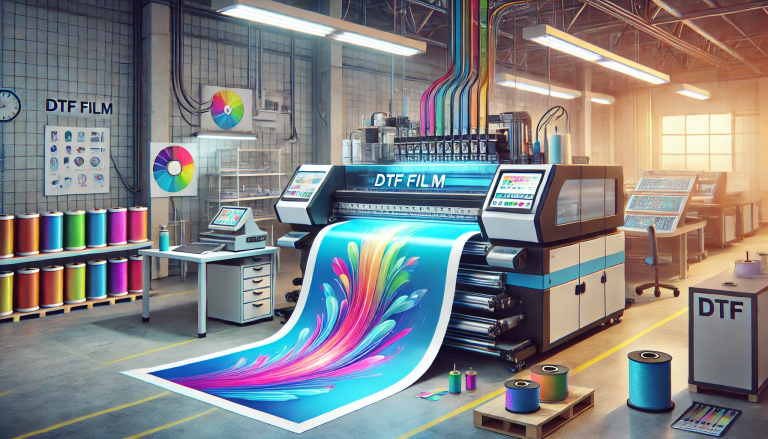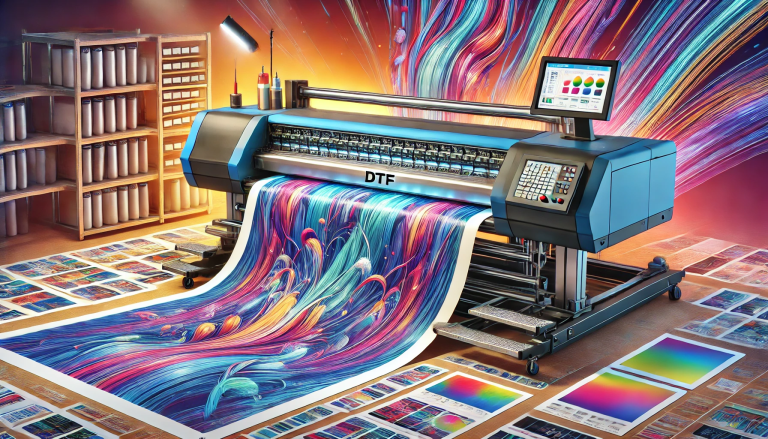“Evaluating the Quality of DTF Printing: A Comprehensive Analysis” -MAXDTF- DTF cold peel Manufacturer, DTF Paper A3 Supplier, Made in China
Introduction
In recent years, Direct-to-Film (DTF) printing has emerged as a key player in the world of digital printing. However, a fundamental question remains: Does DTF printing offer good quality? This article aims to explore the quality aspects of DTF printing, its unique features, comparisons with other printing technologies, and its applications that are a testament to its quality output.
Part 1: Understanding DTF Printing and Its Unique Features
DTF printing is a modern printing technique where designs are printed directly onto a special transfer film, rather than directly onto the substrate. This transfer film, covered with an adhesive powder and heat cured, carries the design which can be transferred onto a wide array of materials using a heat press.
Unique features of DTF printing include:
- Versatility: DTF printing can be used on a wide range of materials, including cotton, polyester, nylon, leather, and non-porous materials such as glass and metal.
- Full-Color Capability: DTF printers can print in full color, allowing for the creation of vibrant, complex designs with excellent detail.
- Flexibility: Unlike other printing techniques that require minimum orders to be cost-effective, DTF printing can be used for small runs and custom orders, providing businesses with greater flexibility.
Part 2: Quality Aspects of DTF Printing
DTF printing is renowned for several quality aspects:
- High-Resolution Prints: DTF printers can produce high-resolution prints, allowing for a high level of detail in designs. This results in crisp, clear images that can bring designs to life.
- Color Vibrancy and Range: DTF printers use CMYK inks, which can produce a broad spectrum of colors. The result is vibrant, full-color designs that stay true to the original image.
- Durability: Prints produced using DTF printers are durable and resistant to fading, even after multiple wash cycles. The heat-curing process bonds the ink to the material, ensuring that the design stays intact for a long time.
Part 3: DTF Printing vs. Other Printing Technologies
When compared with other printing technologies, DTF printing holds its own in terms of quality. For instance, compared to screen printing, DTF allows for more complex, multicolored designs without the need for multiple screens.
Against direct-to-garment (DTG) printing, DTF has the advantage of being able to print on a wider variety of materials, not just cotton or cotton blends. In terms of print quality, DTF and DTG are quite comparable, both offering high-resolution, full-color prints.
However, it’s crucial to note that the true quality of a DTF print can be influenced by factors such as the quality of the transfer film, the adhesive powder used, the heat press process, and the skill and experience of the operator.
Part 4: Applications Reflecting the Quality of DTF Printing
The high quality of DTF prints is evident in its wide range of applications. From clothing and home décor items to promotional products and personalized gifts, the versatility and quality of DTF prints are displayed.
Brands and designers often choose DTF printing for intricate and colorful designs that require high resolution and detail. The durability of DTF prints, their resistance to fading, and their ability to withstand the rigors of regular use and washing are key factors in these choices.




